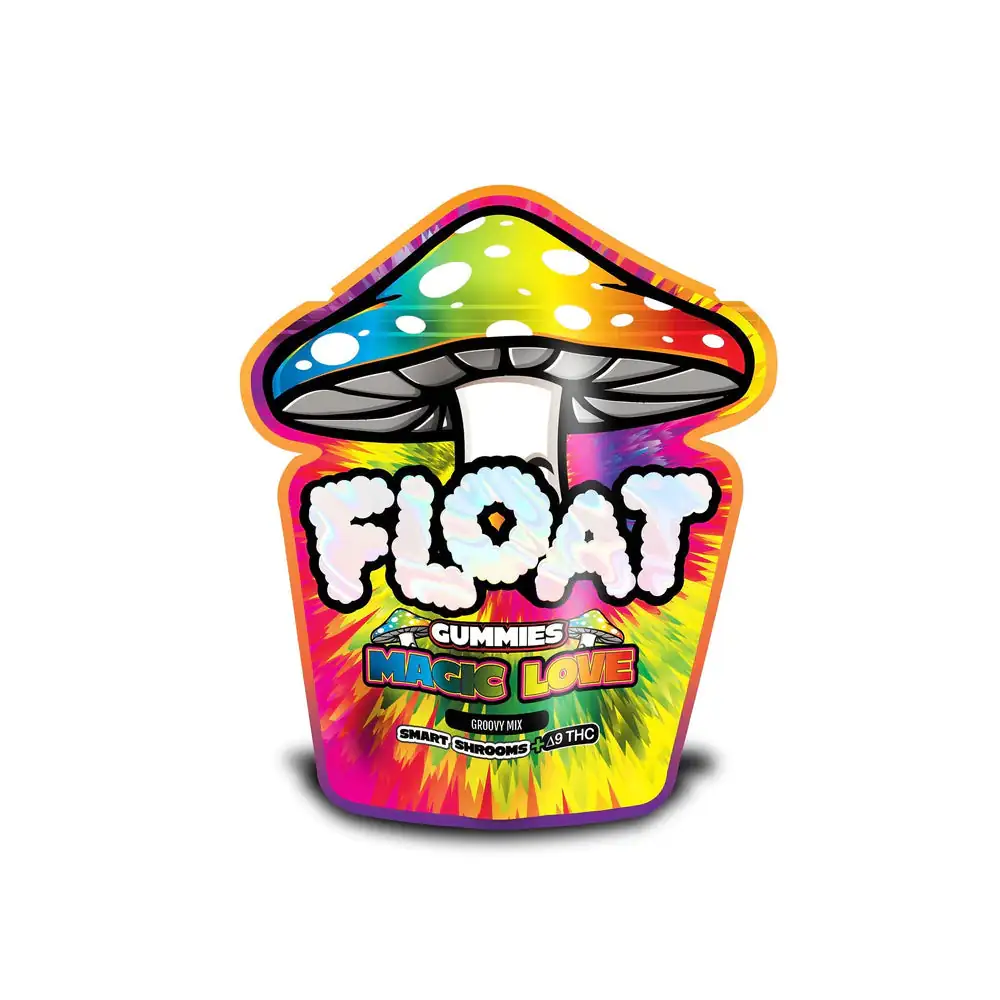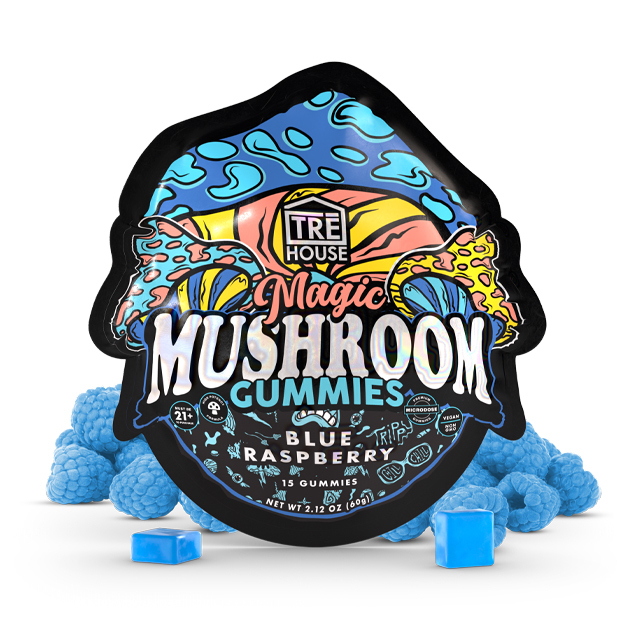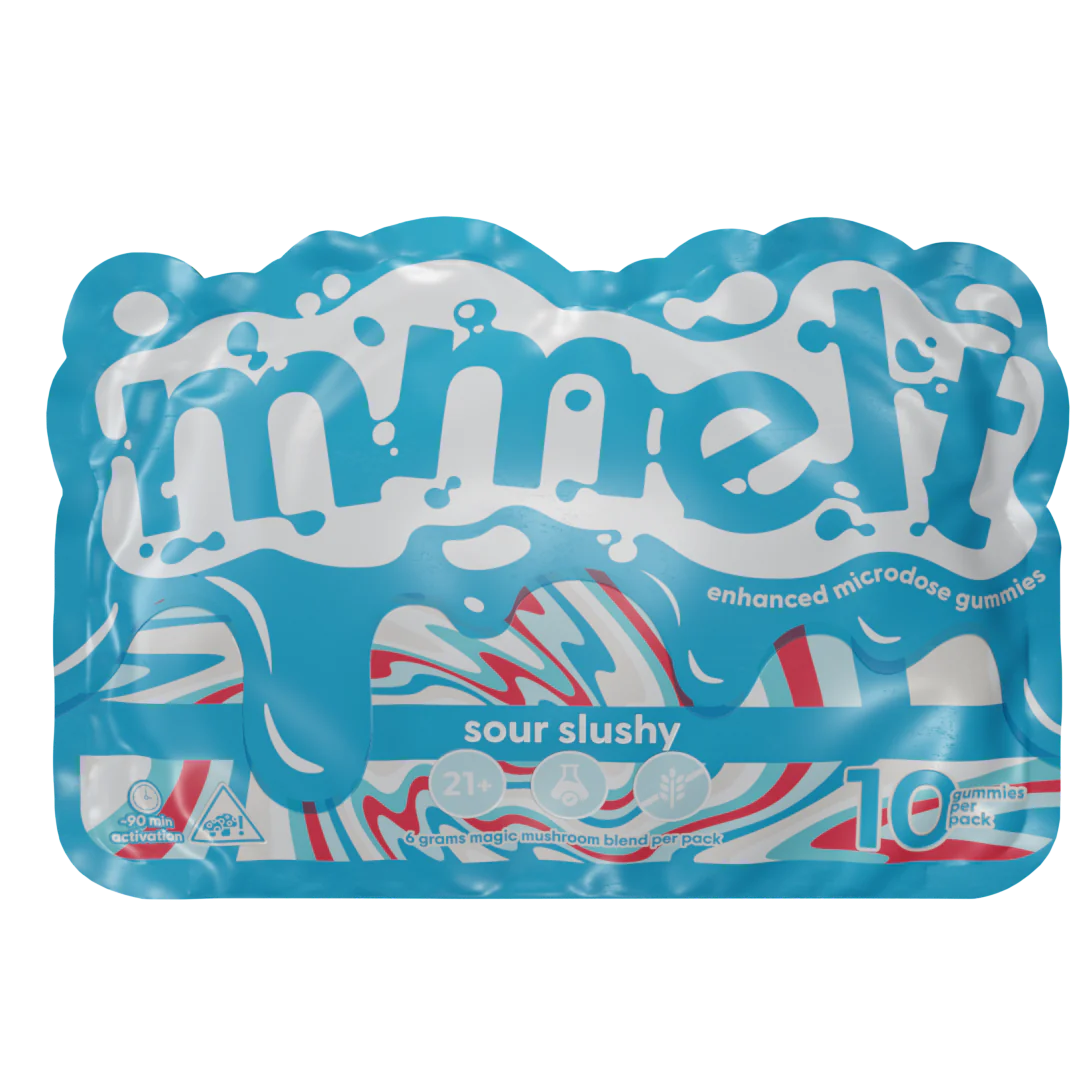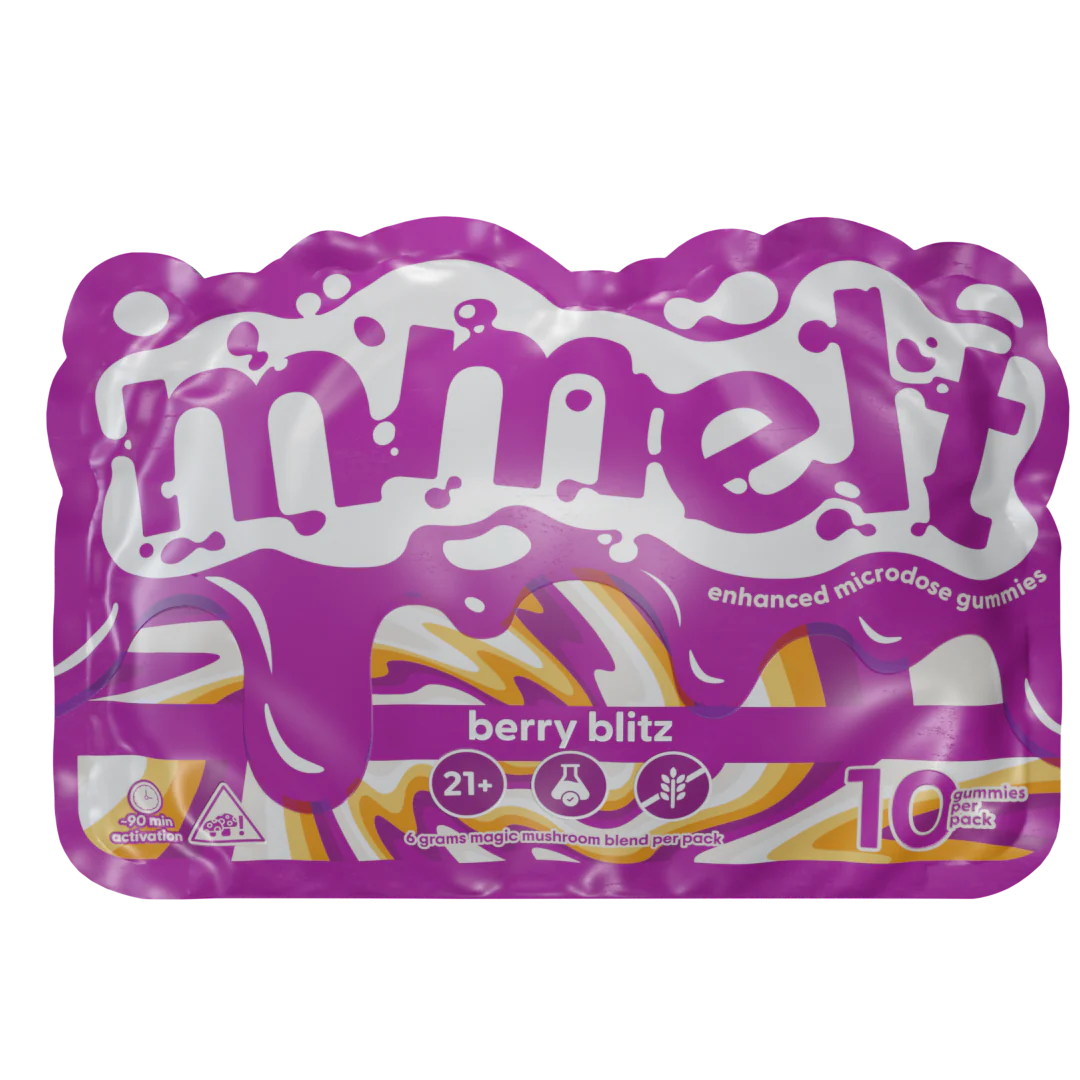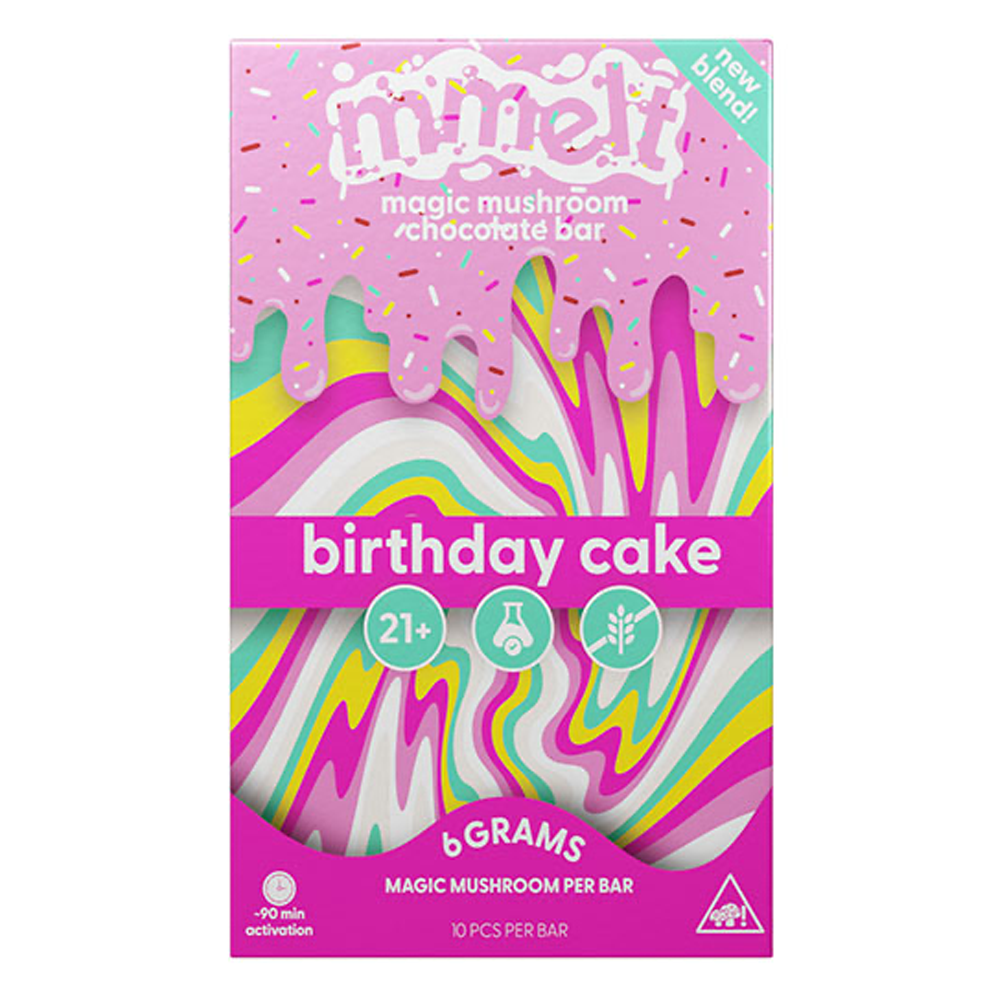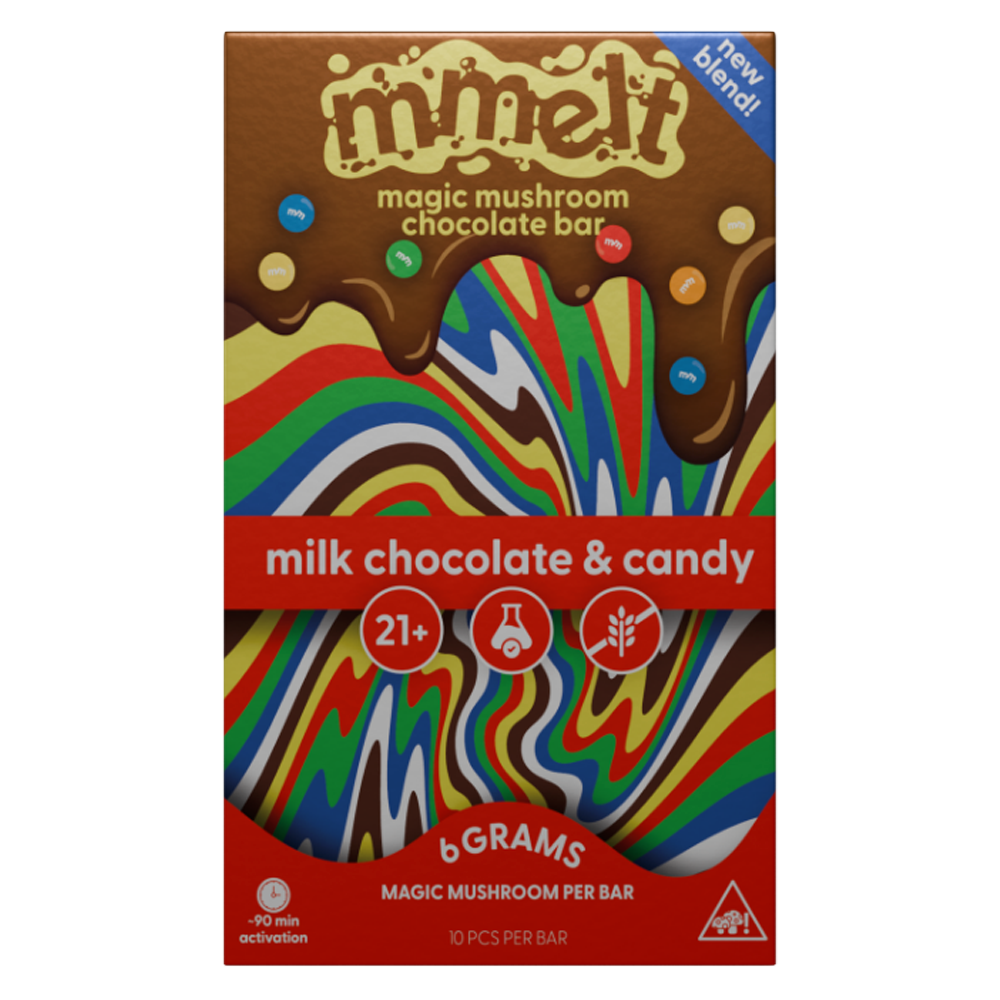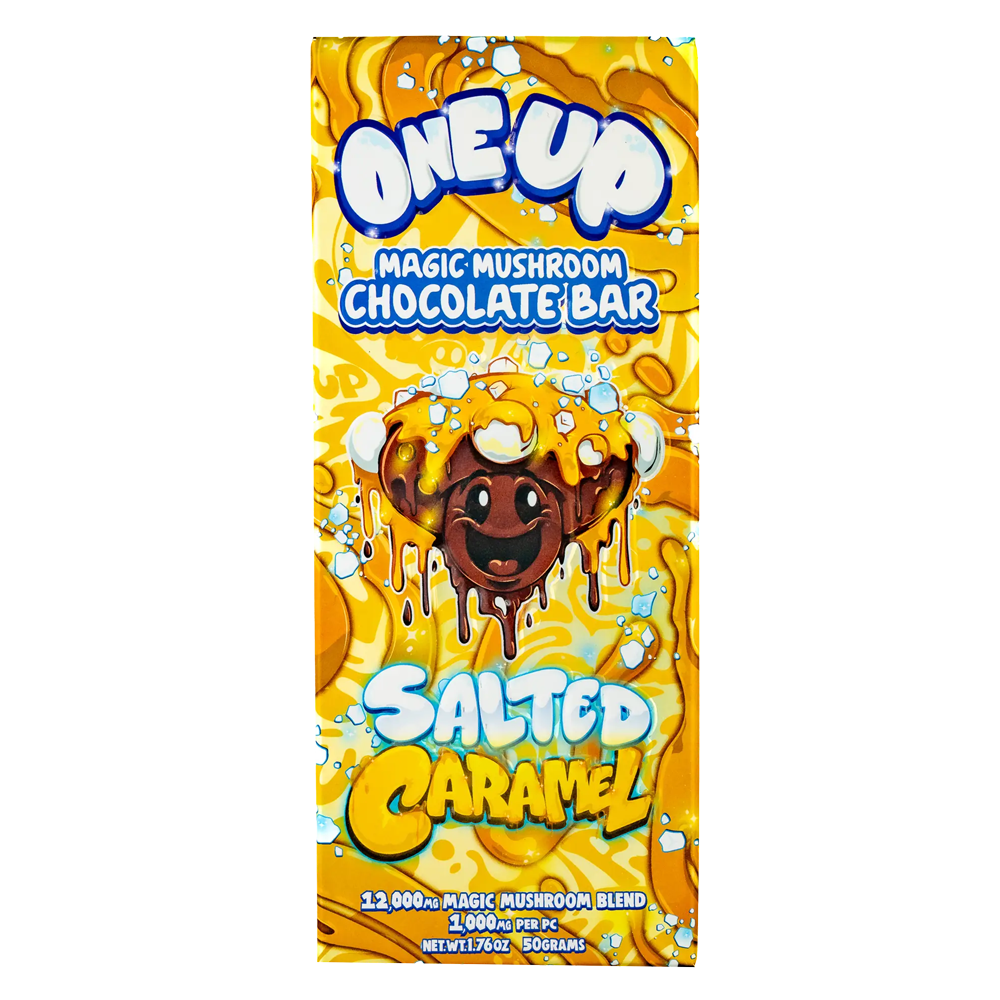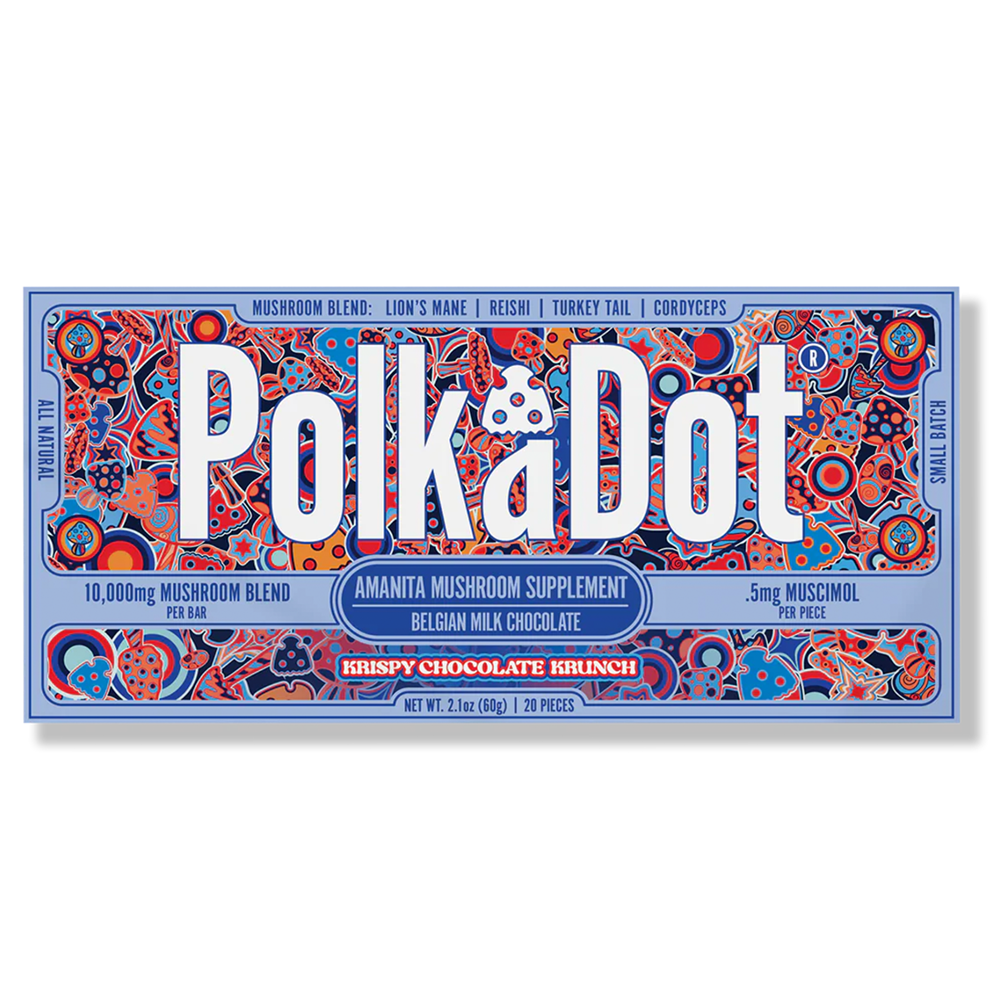Magic mushrooms have been making waves in both underground psychedelic culture and mainstream wellness conversations. Whether you’re microdosing for mental clarity or exploring altered states in a more traditional way, one question remains: Do magic mushrooms expire?
In this comprehensive guide, we’ll dig deep into the lifespan of magic mushrooms—fresh and dried—discussing how long they last, how potency changes over time, how to store them properly, and how to spot a batch that’s gone bad. The goal? To help you stay safe, get the most out of your product, and avoid wasting a potentially enlightening experience.
What Are Magic Mushrooms? A Quick Refresher
Before diving into expiration dates and storage hacks, let’s take a quick step back. Magic mushrooms, scientifically known as psilocybin mushrooms, are a naturally occurring group of fungi that contain psychoactive compounds—mainly psilocybin and psilocin. Once ingested, psilocybin converts into psilocin, which interacts with serotonin receptors in the brain to produce hallucinogenic effects.
The most commonly used species include Psilocybe cubensis, Psilocybe azurescens, and Psilocybe semilanceata, among others. Each species has its own unique potency profile, but all offer a similar range of psychedelic experiences, from visual distortions and euphoria to introspection and spiritual insight.
Whether for recreational, therapeutic, or ceremonial use, understanding what these mushrooms are—and what makes them tick—is essential to understanding how long they can last and what happens when they don’t.

Do Magic Mushrooms Expire? The Short Answer
Yes, they do. Like all organic matter, magic mushrooms are susceptible to the natural processes of degradation. Both fresh and dried mushrooms have expiration points, though the timelines and implications vary significantly.
For fresh magic mushrooms, spoilage is a relatively fast process. They typically last no more than 1 to 2 weeks under refrigeration. Dried mushrooms, on the other hand, have a much longer shelf life—often up to a year or more, provided they’re stored correctly. However, “expiration” doesn’t always mean they become dangerous; sometimes it simply means they lose potency and effectiveness.
That said, the real answer depends on several factors: moisture, temperature, light exposure, air contact, and storage method. Let’s break it all down.
Fresh vs. Dried: Shelf Life Differences
The first major factor in determining mushroom longevity is form—fresh or dried. The difference in shelf life between the two is drastic and has everything to do with moisture content.
Fresh magic mushrooms are about 90% water by weight, making them highly perishable. Within days, especially if not refrigerated, they’ll begin to show signs of decay like sliminess, dark spots, or a funky smell. Even in the fridge, their shelf life is limited to about 7–14 days at best.
Dried mushrooms, on the other hand, have had their moisture removed, drastically slowing down the growth of bacteria, mold, and other microbes. When stored in an airtight container away from heat, light, and humidity, dried mushrooms can stay potent and safe for 6 to 12 months—sometimes longer. However, even dried mushrooms are not immune to degradation. Over time, the psychoactive compounds break down, and the experience becomes weaker, less predictable, or just plain underwhelming.
So, if long-term storage is your goal, drying your mushrooms is non-negotiable. It’s not just about keeping them from rotting—it’s about preserving the magic.
How Long Do Fresh Magic Mushrooms Last?
If you’ve got a batch of freshly harvested magic psychedelic mushrooms, you’re on a ticking clock. Stored at room temperature, they can begin to spoil in as little as 24–48 hours. Even in the refrigerator, where spoilage is slowed, they typically last no more than 1 to 2 weeks.
Signs that your fresh shrooms are on their way out include:
- A slimy or sticky texture
- A strong, off-putting odor
- Dark or black discoloration
- Visible mold or fuzzy patches
To maximize their lifespan, store them in a paper bag (not plastic!) inside the refrigerator. Plastic traps moisture, which accelerates bacterial growth and mold formation. Paper allows them to breathe while still staying cool and dry. Some people opt to wrap them loosely in paper towels and place them in a breathable container to strike the right balance.
However, even the best storage methods only buy you a little time. If you don’t plan to consume psychedelic mushrooms within a few days, it’s best to dry them—or risk losing them entirely.
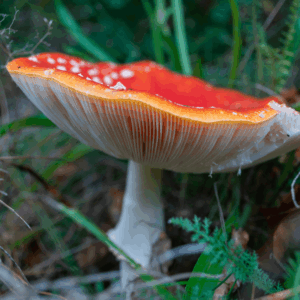
How Long Do Dried Magic Mushrooms Last?
Dried magic mushrooms are where things really get interesting—and practical. When you properly store mushrooms, they can last six months to a year, sometimes longer. In some cases, people report using dried mushrooms stored under ideal conditions even after 2 years, though by then, potency may be noticeably diminished.
Why do they last so much longer? Removing moisture halts most microbial activity and enzymatic breakdown. The key to maintaining that shelf life is airtight, light-proof, and temperature-stable storage.
To extend the lifespan of dried mushrooms:
- Store fresh mushrooms and dried mushrooms in an airtight glass jar or vacuum-sealed bag.
- Add a desiccant packet (like silica gel) to absorb residual moisture.
- Keep them in a cool, dark place like a closet or cupboard.
- Avoid frequent temperature swings or light exposure.
If you open a jar of dried mushrooms and notice a sour or musty smell, fuzzy growth, or unusual discoloration, it’s best to toss them. Spoiled mushrooms are rare in dried mushrooms, but not impossible—especially if humidity sneaks in.
Does Potency Degrade Over Time?
Absolutely—and this is a crucial point. Even if your mushrooms haven’t gone bad in a microbial sense, they can still lose potency, which is really what most users care about. The active compounds—primarily psilocybin and psilocin—are susceptible to oxidation, UV degradation, and thermal breakdown over time.
Psilocin, in particular, is more unstable than psilocybin and can degrade quickly in the presence of light and heat. This means that even if your dried mushrooms look and smell fine, the trip you get from them might be muted or inconsistent if they’ve been sitting around too long.
Several studies have shown measurable decreases in psilocybin content over time, especially when exposed to poor storage conditions. The good news? If you store your mushrooms well, you can dramatically slow this process. But don’t expect dried mushrooms from two years ago to hit quite as hard as a fresh batch.

How to Tell if Magic Mushrooms Have Expired
Wondering if your stash is still good? Wondering if you’ve come across a batch of contaminated mushrooms? Here are some signs to look for.
Fresh Mushrooms:
- Sliminess – a classic sign of bacterial activity.
- Foul or sour odor – they should smell earthy, not rotten.
- Dark or black spots – early signs of rot.
- Visible mold – fuzzy white, green, or black growths.
Dried Mushrooms:
- Mold or unusual textures – anything fuzzy or moist is a red flag.
- Off-smell – if they smell musty or sour, toss them.
- Extreme brittleness – while dryness is good, if they crumble to dust instantly, it may indicate overexposure or age.
- Color fading – some color loss is normal, but bleaching can signal degradation.
One important note: blue bruising is common and not a sign of spoilage. Psilocybin oxidizes on contact with air or pressure, leading to blue or greenish hues—especially on stems. This is totally normal and even expected.
When in doubt? Toss them out. It’s just not worth risking an adverse reaction or a trip that goes sideways.
The Role of Proper Storage in Shelf Life
Storage is everything. Even the best-dried mushrooms will degrade quickly if tossed into a sandwich bag and left on a sunny windowsill. Heat, light, oxygen, and moisture are the four horsemen of fungal spoilage.
To keep your mushrooms fresh and potent:
- Use airtight containers – Mason jars or vacuum-sealed bags are best.
- Add desiccants – Silica gel packs help absorb any residual moisture.
- Store in the dark – UV rays degrade psilocybin.
- Keep it cool – Ideal temperatures are below 70°F (21°C).
For long-term storage, you can even store vacuum-sealed mushrooms in the freezer—but more on that next.

Freezing Magic Mushrooms: Yes or No?
This is a hotly debated topic in the psychedelic community, and the answer is: it depends.
Freezing fresh mushrooms is risky. The high water content leads to cellular damage when ice crystals form, turning them into a mushy, potentially mold-prone mess upon thawing. Unless you’re flash-freezing them immediately after harvest (which most users can’t easily do), it’s not a great option.
Freezing dried mushrooms is a bit safer—but only if you vacuum-seal them first. Exposure to moisture (even in a freezer) can cause them to rehydrate slightly and then freeze unevenly, which may encourage spoilage. If you’re going to freeze your stash, make sure:
- They are fully dried.
- Stored in airtight, vacuum-sealed packaging.
- Kept away from frost and freezer-burned conditions.
Used correctly, freezing can extend shelf life for up to 2 years or more, but most users don’t need to go that far unless they’re stockpiling.
Can You Use Expired Mushrooms for Microdosing?
Technically, yes—but it’s not ideal. Microdosing relies on precise, consistent dosing to deliver subtle effects. When potency degrades over time, your once-calibrated 0.1g dose may no longer hit the same. That’s a problem for anyone trying to keep their regimen steady and predictable.
If your dried mushrooms are older than a year, you might still be able to microdose, but be aware of potential inconsistency. To adjust, you could try a slightly larger dose—but tread carefully. Always test small before assuming.
Do Magic Mushroom Chocolates or Edibles Expire?
Yes, and often faster than dried mushrooms alone. Edibles made with magic mushrooms—like chocolates, capsules, or gummies—have two expiration clocks:
- The psilocybin degradation timeline
- The shelf life of the food product itself
Chocolates can spoil due to fats and dairy content. Capsules filled with powdered mushrooms may last longer if stored well, but degradation still occurs. Always check for mold, rancid smells, or changes in color or taste. If in doubt, toss them.
Can Moldy Mushrooms Be Salvaged?
No. Unlike certain cheeses, moldy mushrooms should never be consumed. Mold can produce mycotoxins, some of which are highly dangerous—even fatal. There’s no safe way to “cut around” the mold on a mushroom. If you see it, throw the whole batch out. Period.
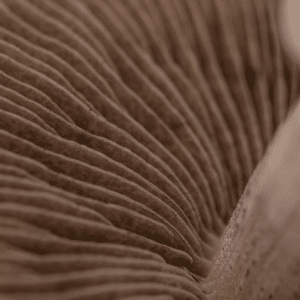
The Final Verdict: Keep the Magic Alive
So, do magic mushrooms expire? Without question. But expiration can mean different things: sometimes it’s a matter of losing potency, other times it’s a matter of safety. The good news is that with proper drying and smart storage, you can stretch the shelf life of your stash from weeks to well over a year—without compromising quality.
Whether you’re a first-time psychonaut or a seasoned explorer, respect the shrooms and they’ll return the favor. Keep them dry, cool, dark, and airtight. And if they start looking or smelling funky? Trust your gut and don’t risk it.
Frequently Asked Questions
1. How long does it take for mushrooms to go bad?
The timeline depends on whether they’re fresh or dried. Fresh magic mushrooms typically go bad within 7 to 14 days when stored in the refrigerator. You’ll start to notice signs like a slimy film, darkened or blackened spots, and a strong, unpleasant odor as they begin to spoil. Dried mushrooms, when stored correctly in an airtight container away from heat, light, and humidity, can last 6 to 12 months or more. However, even dried mushrooms can degrade in potency over time, even if they don’t show visible signs of spoilage.
2. Does dried mushroom have expiration?
Yes, dried mushrooms do have a shelf life—just a much longer one than fresh mushrooms. While they don’t “expire” in the traditional sense like milk or meat, dried mushrooms will lose potency gradually and can potentially grow mold or degrade if exposed to moisture or improper storage conditions. Under optimal storage (cool, dark, dry, and airtight), you can expect dried magic mushrooms to retain their potency and safety for up to a year, sometimes even longer. Just remember: degradation is gradual, but irreversible.
3. Can you use expired mushrooms?
It depends on what you mean by “expired.” If your mushrooms are visibly moldy, slimy, or smell off, they should be discarded immediately—consuming them could be risky for your health. However, if your dried mushrooms are simply old but show no signs of contamination, they’re likely still safe, albeit less potent. You may need a higher dose to achieve the same effects, but it’s crucial not to exceed safe dosing limits. When in doubt, consult experienced sources or start low and go slow.
4. How do you know if mushrooms have gone bad?
There are a few telltale signs, and they differ between fresh and dried mushrooms:
For fresh magic mushrooms:
- Slimy or mushy texture
- Dark spots, blackened areas
- Strong, sour, or fishy smell
- White fuzz or mold growth
For dried magic mushrooms:
- Visible mold or fuzz
- Strange or sour odor
- Soft or spongy texture (they should be dry and crisp)
- Discoloration beyond normal blue bruising
If any of these signs are present, it’s best to err on the side of caution and toss the batch. Your safety is worth more than salvaging a questionable trip.
5. How to store magic mushrooms?
Proper storage is key to preserving both the potency and safety of magic mushrooms—whether fresh or dried. The ideal method depends on the form of the mushrooms, but the overarching goal is the same: keep out moisture, light, heat, and air.
For fresh mushrooms:
- Store them in a paper bag (not plastic) to reduce moisture buildup.
- Keep the bag in the refrigerator, ideally in the vegetable drawer.
- Avoid washing or cutting them before storage—extra moisture speeds up decay.
- Consume within 7 to 14 days for best results.
For dried mushrooms:
- Use an airtight container—glass jars with tight-fitting lids work best.
- Add a desiccant packet (like silica gel) to absorb residual moisture.
- Store in a cool, dark place like a cabinet or drawer—avoid light exposure.
- For long-term storage, consider vacuum sealing and placing in the freezer (not fridge).
- Never leave them out in humid or hot conditions—this speeds up degradation and increases the risk of mold.
No matter the method, always label your storage containers with the date so you can track freshness and potency over time. When you properly store dried mushrooms, it doesn’t just extend shelf life—it protects the quality of your experience.






